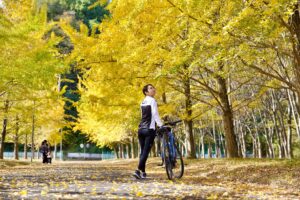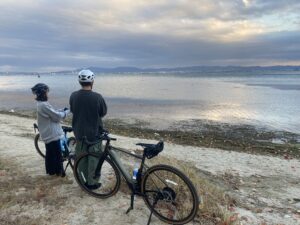Recently, Kyoto has been hit by an issue of too many tourists, but in this article, a Japanese person living in Kyoto will explain a model itinerary for avoiding the crowds and enjoying a pleasant stroll through the historic area.
Day 1 Walk around the shopping area near the hotel
Wherever you stay in Kyoto, there will usually be a shopping street nearby.
A shopping street is a covered street lined with many small shops.
Kyoto has many old shops, so it's fun to start by browsing the markets and shops in the shopping streets.
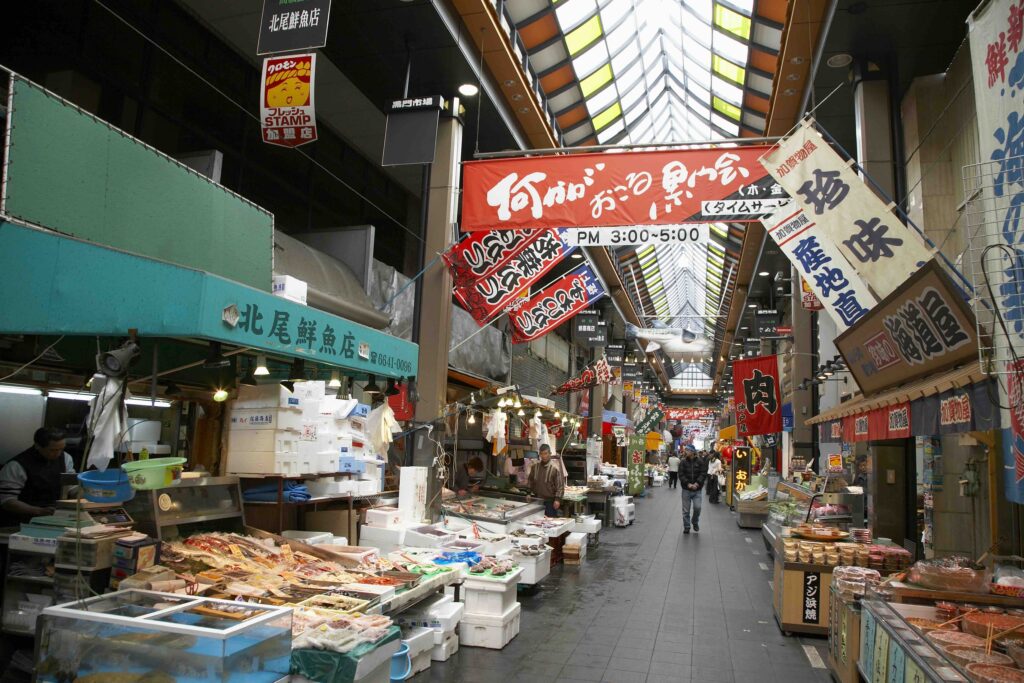
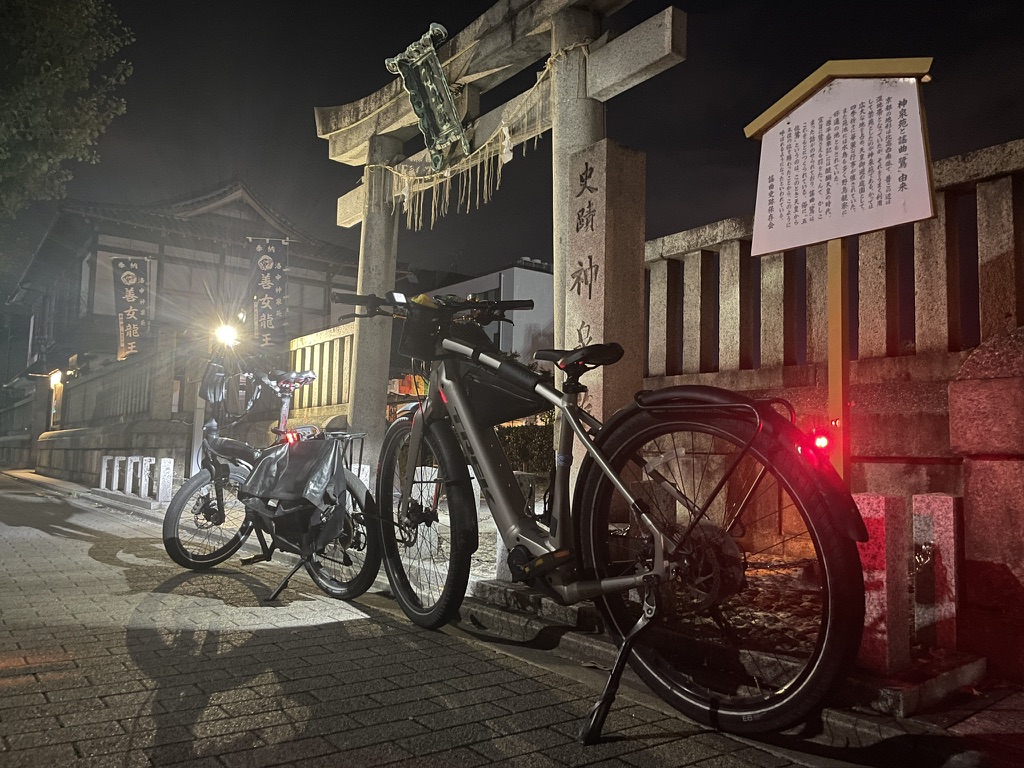
Every street in Kyoto is over 1000 years old and is home to shrines, temples and historical sites.
It's a good idea to explore these little discoveries before heading to the big, famous temples.
At night, go to an izakaya or ramen shop you found during the day.
Japan is the safest country in the world at night, and drinking districts are developed everywhere in cities. You can enjoy all kinds of cuisine from around the world, including Japanese, Chinese, and Western food there.
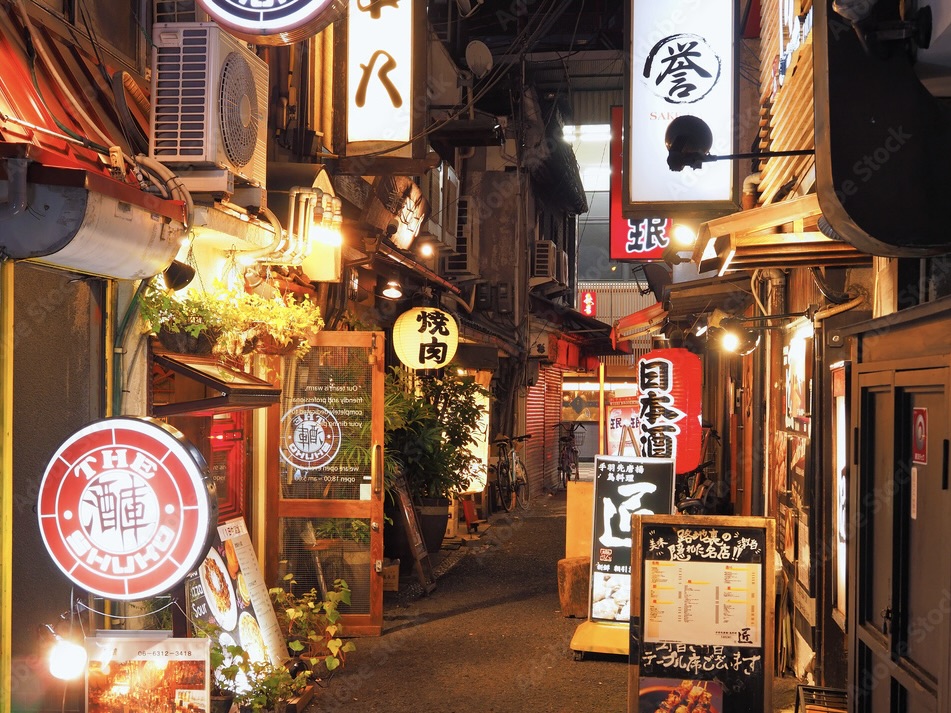
Day 2 Rent an E-Bike to visit famous tourist spots
If you look at a map, you'll see that most of Kyoto's historical sites are on or near hills.
Because Kyoto is a city surrounded by rivers, buildings on low ground have been washed away by floods many times.
And to protect the historical buildings, Kyoto's public transportation is mediocre, and it's also congested by a large number of tourists.
So what's the best way to avoid that and travel comfortably? Yes, an e-bike.
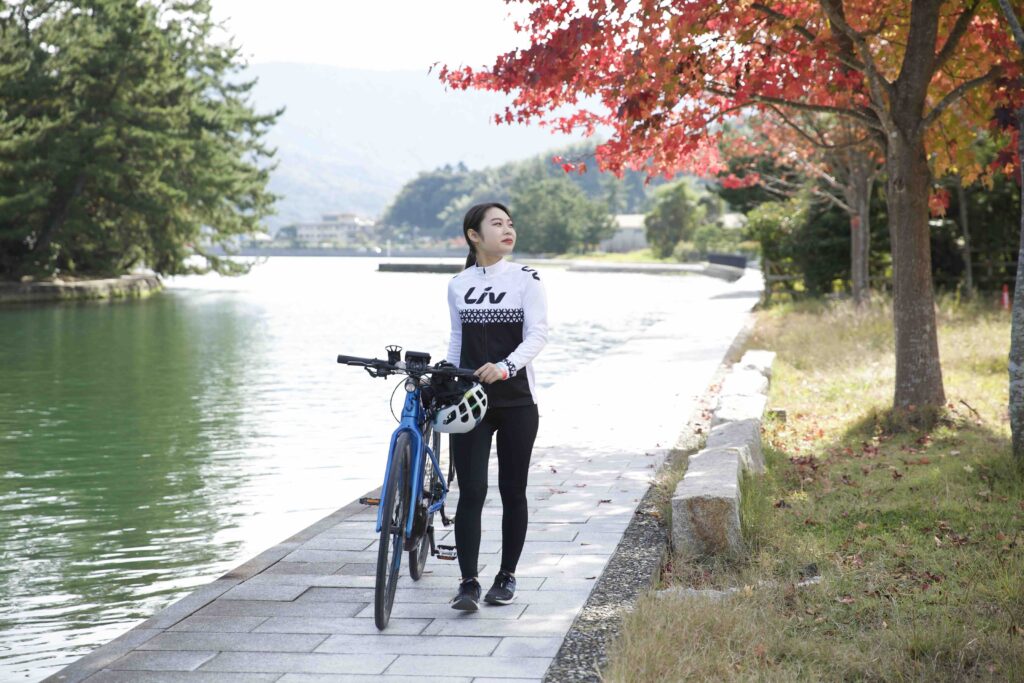
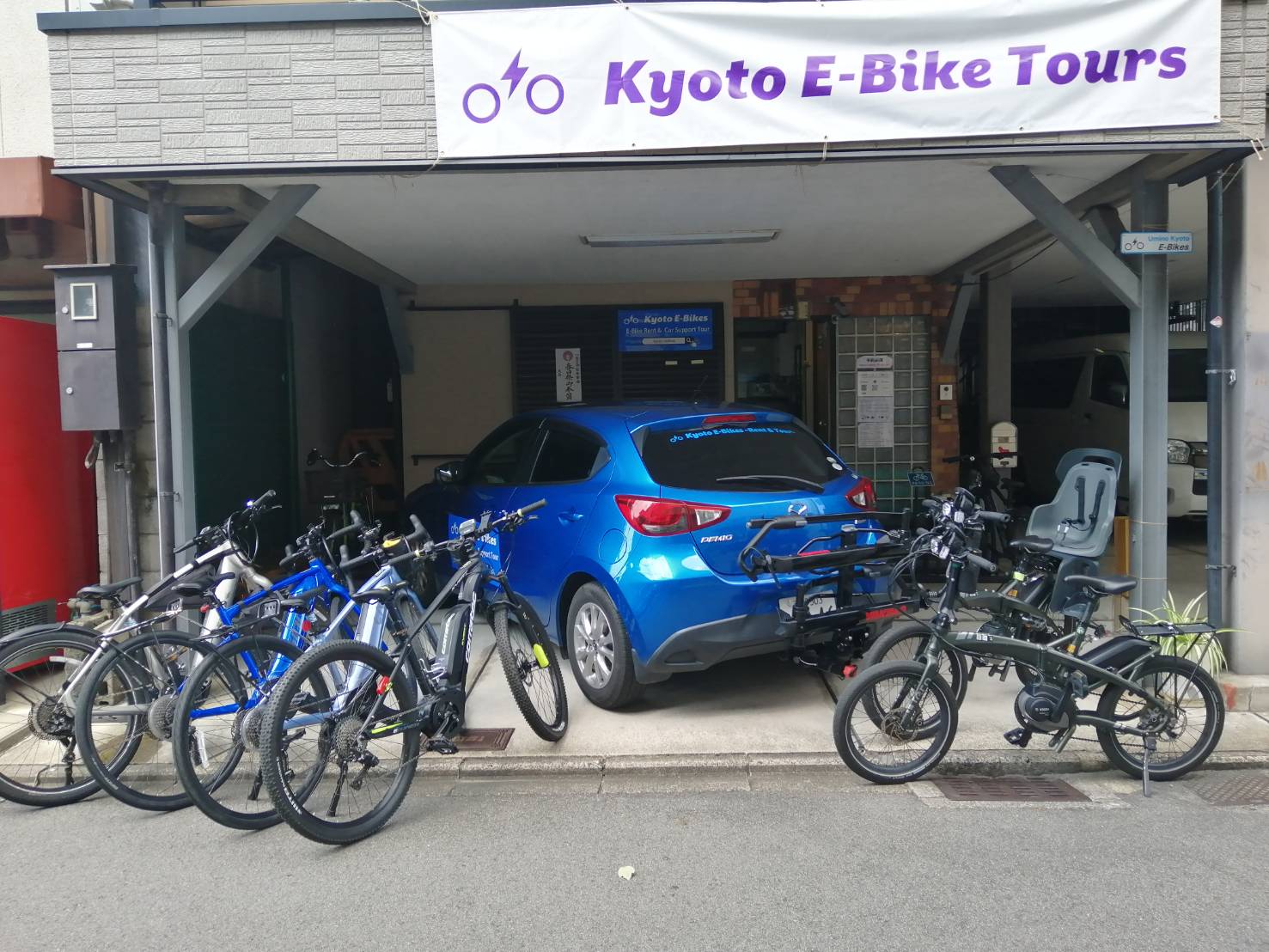
We have a wide range of E-Bikes for hire to suit all types of customers. We can deliver and collect from your hotel, drop off at a remote location, or transport both bike and passenger in the car.
You can reach all the famous sites in Kyoto, such as the Philosopher's Path, Kinkakuji Temple, Arashiyama, and Fushimi Inari, in just 30 minutes by e-bike.
If you ask anyone living in Kyoto City, including myself, "What is the fastest and most comfortable form of transportation in Kyoto?", they will undoubtedly answer "e-bike."
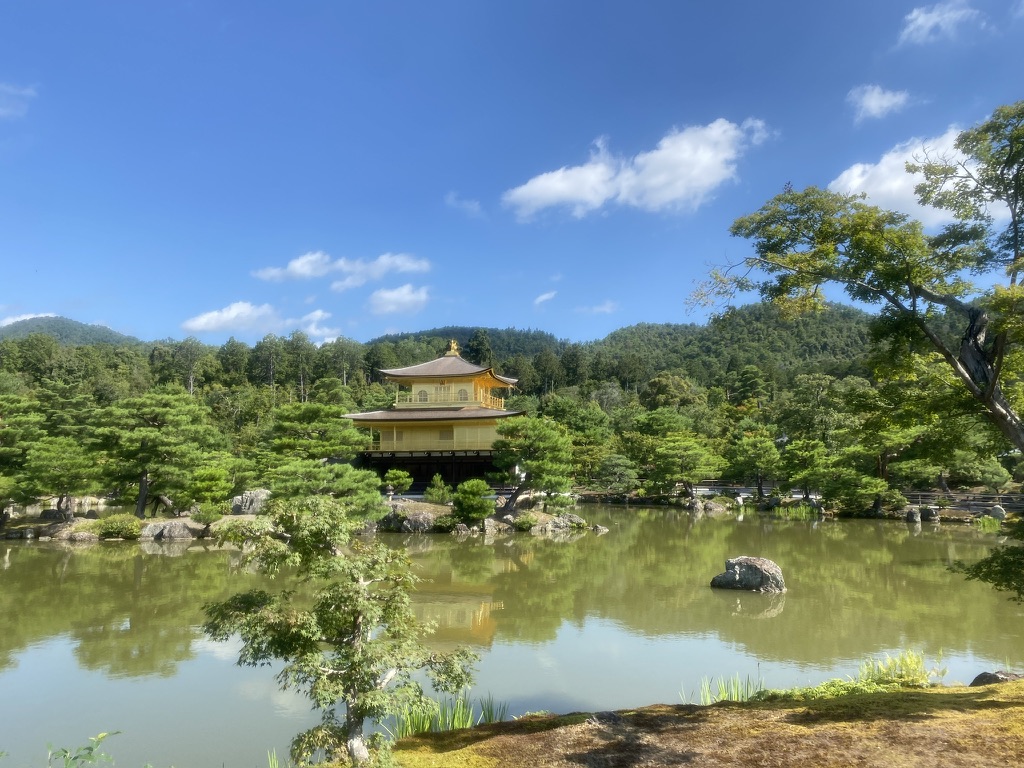
Please see my other article for more information on famous places and cycling routes in Kyoto city.
For those who are accustomed to cycling, and many of our customers do this, it's also a good idea to go exploring over the mountains, to see the tea fields of Wazuka and Lake Biwa, the mountains of Kitayama, and the rivers of Kameoka.
What's interesting about Kyoto is that if you go 10km over the mountains, you can enjoy a different world full of beautiful nature.
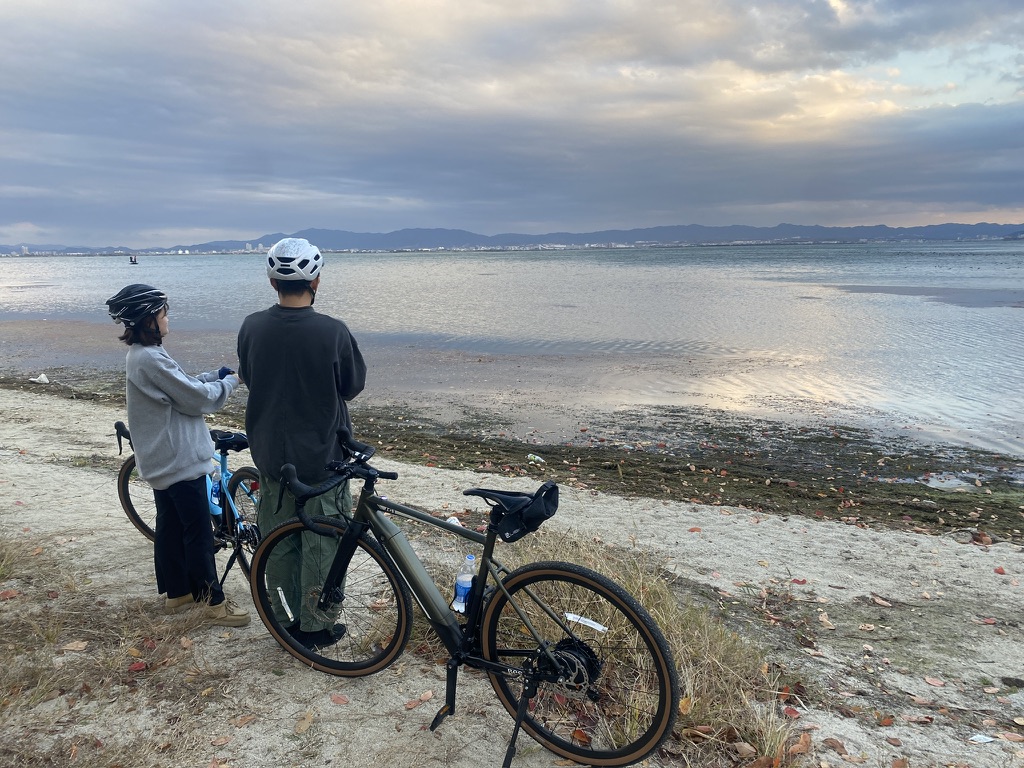

Please also take advantage of our one-way transportation in our support vehicles and fully supported guided tours.
On hot days, limit your daytime activities and enjoy the evenings. We also offer night-time cycling tours and self-guided routes.
In particular, Ninenzaka, Sannenzaka, Kiyomizu-dera Temple, and Fushimi Inari Shrine become even more mystical if you visit them in the evening or at night.
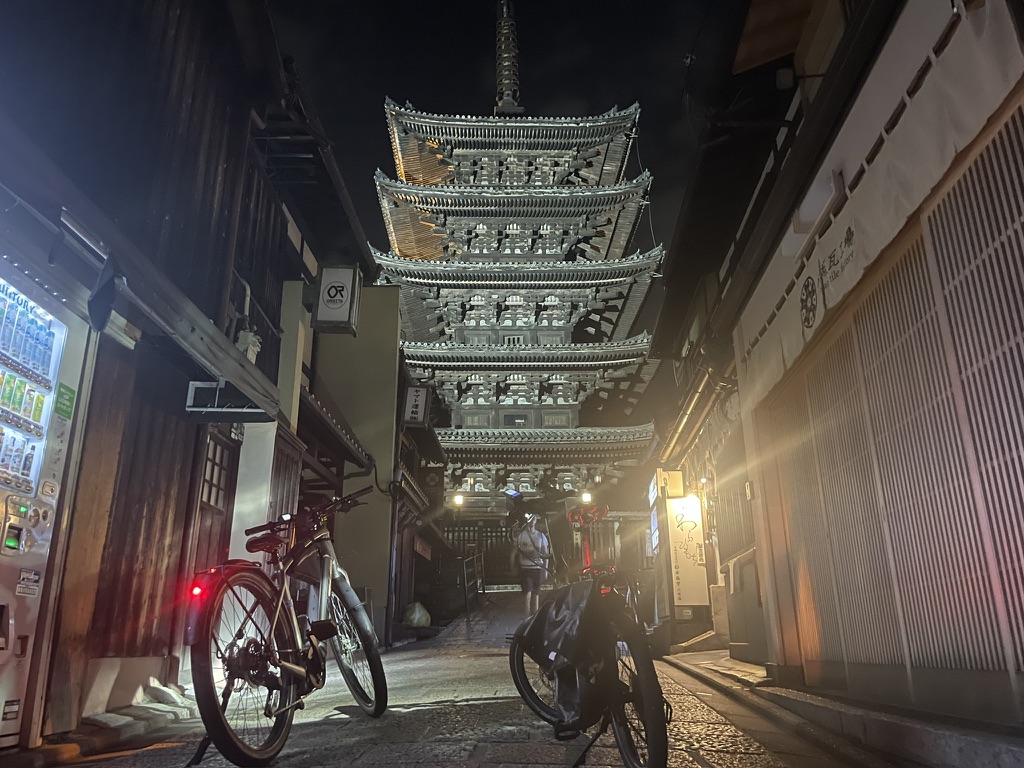
Day 3 Enjoy cultural experiences, river boating and so on
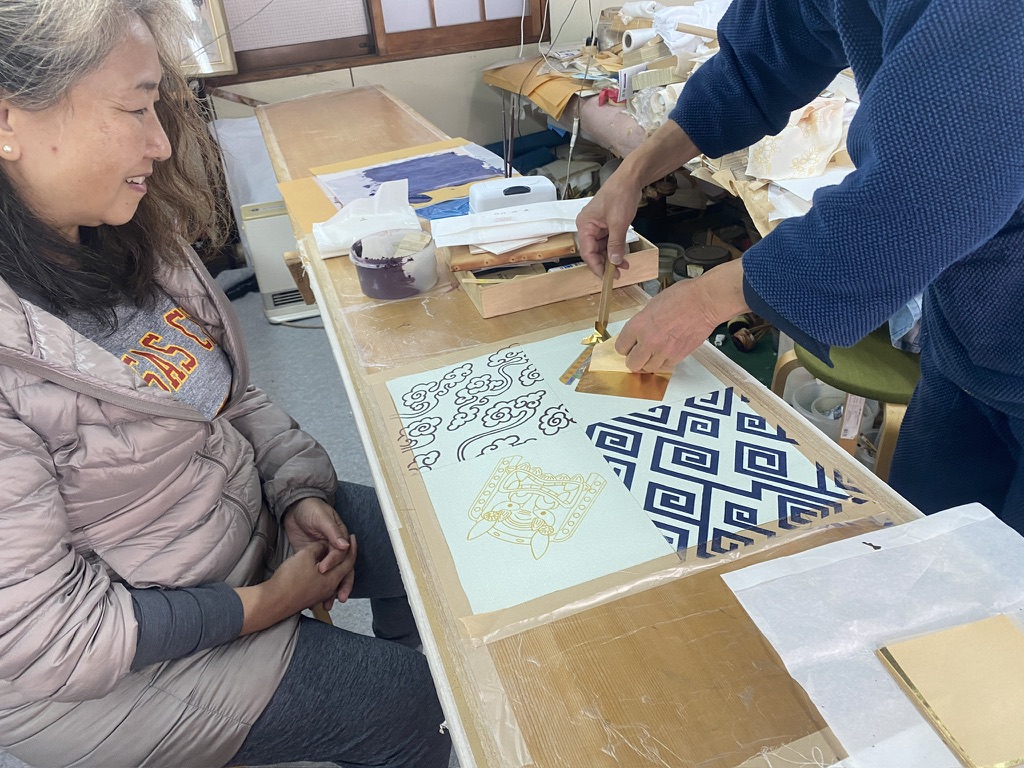
In Kyoto, there are various cultural experiences such as Yuzen dyeing, kimono dressing, matcha tea, etc. Most of the experiences are 1 to 2 hours long, but they are recommended for those who are interested in Japanese culture.
For children and young adults, batting cages and table tennis courts are a good option.
It's a very familiar pastime for Japanese people, so there are many of them in Kyoto city.

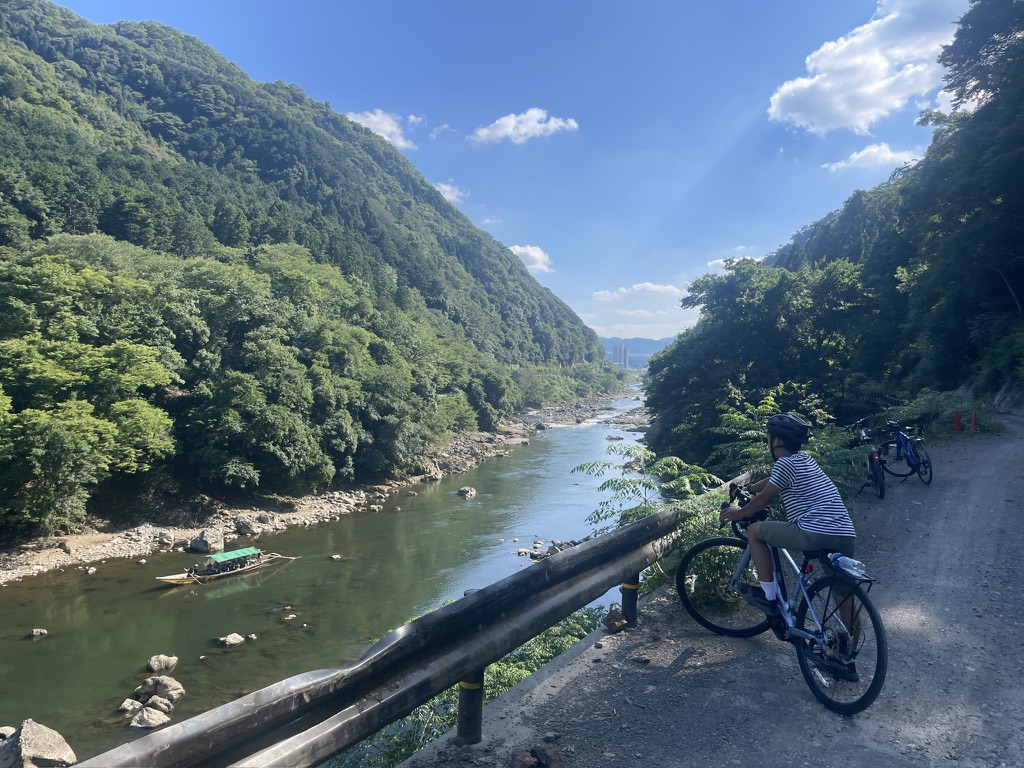
River boating in Kameoka, west of Kyoto
Hiking to Kibune and Kurama Temple in the north of Kyoto
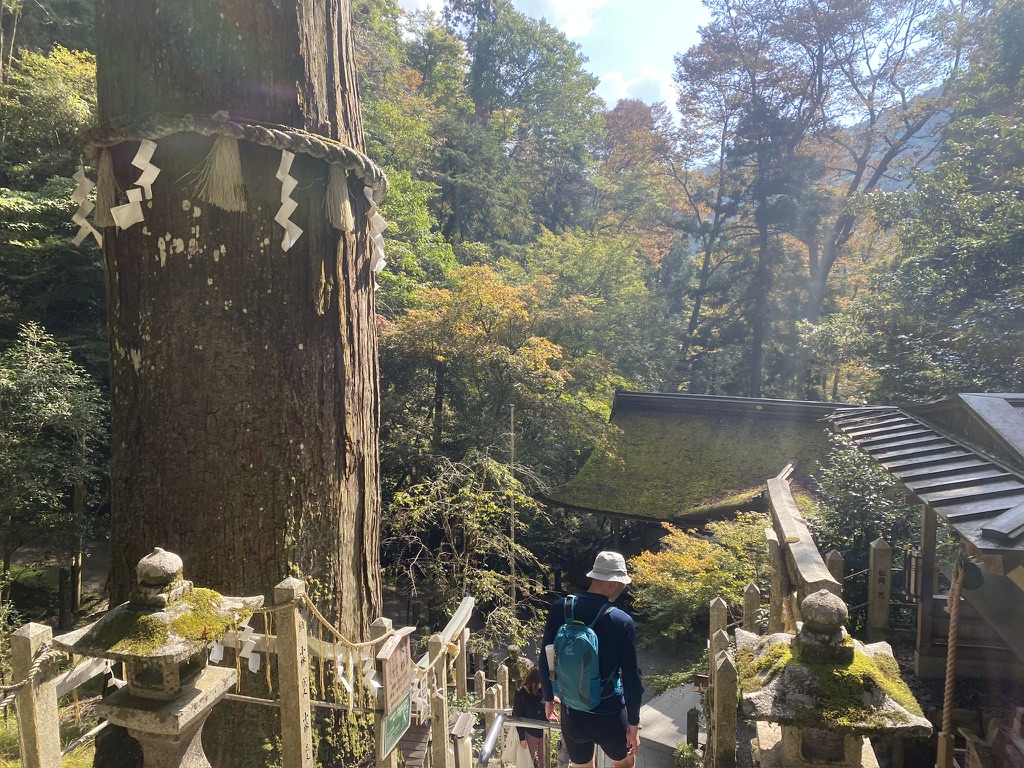
How many days should you stay in Kyoto?
How many nights you should stay in Kyoto will depend on your preferences and the results of your research.
However, Kyoto is one of the world's leading tourist destinations and a symbol of Japanese history and culture. You should stay at least two nights.
If you enjoy cycling, walking around the city, hiking, and experiencing the culture, you could easily spend a week there without getting bored.
Of course, there are other great tourist destinations in Japan, such as Ine and Miyama, so be sure to balance your itinerary with trips to those places.


